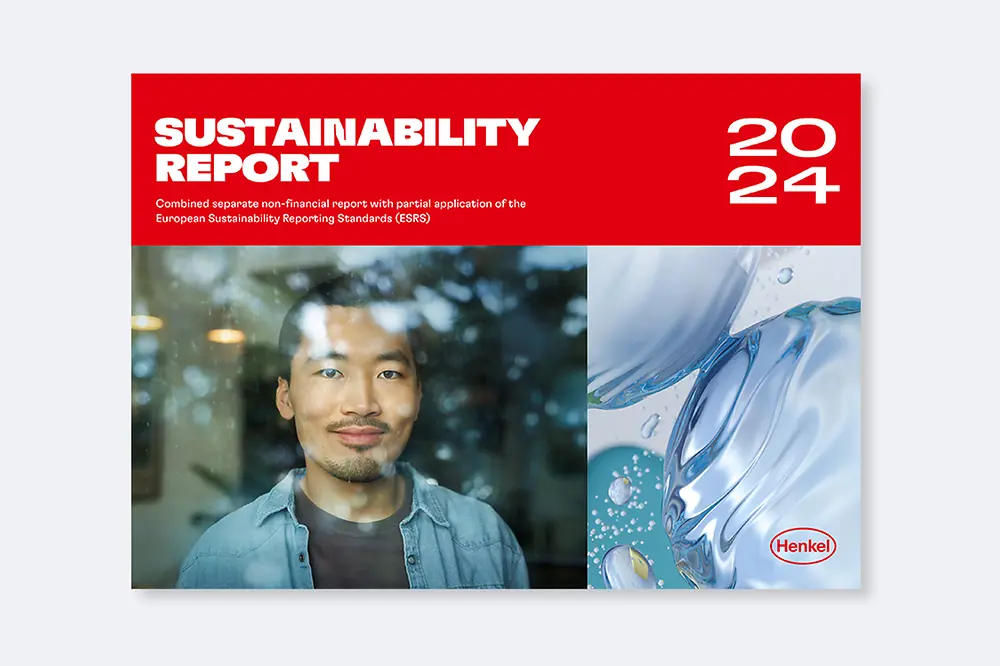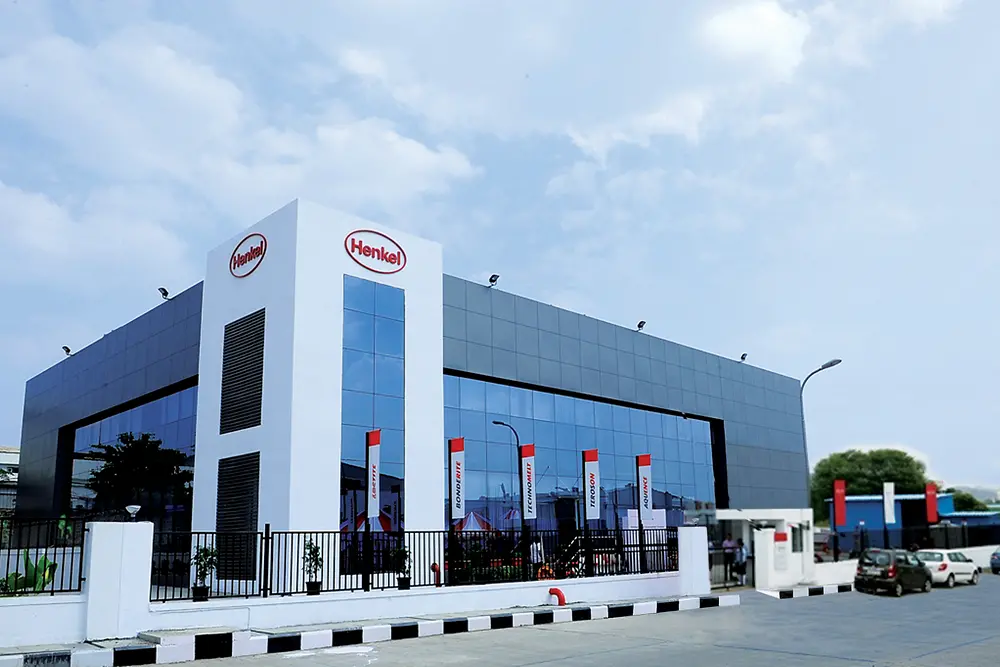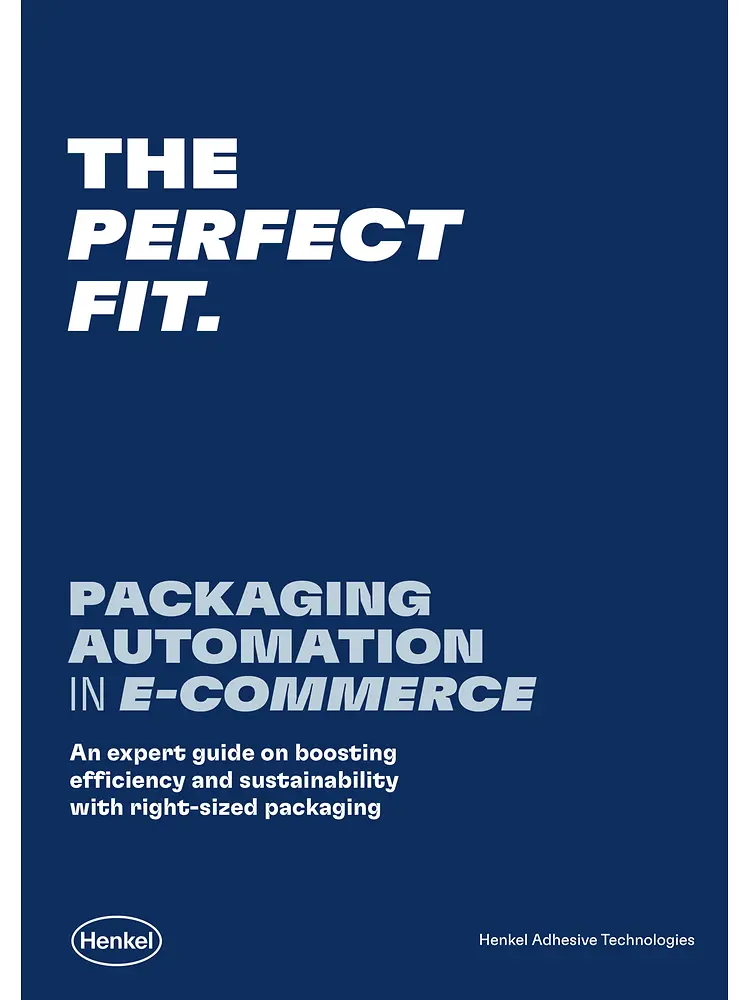Too big, too small, too inefficient - traditional e-commerce packaging solutions often have serious weaknesses. Many products are shipped in boxes that are too large and padded with unnecessary materials. This overpackaging not only leads to higher material costs, but also to inefficient use of storage and transportation capacity. But the opposite, underpackaging, is also a problem. If a shipment is not adequately protected, the risk of product damage increases significantly. Every damaged product means a potential return, which can lead to financial losses and affect customer satisfaction and brand image.
Right-Sized Packaging addresses these issues. By automatically sizing the package to fit the product, it eliminates wasted space and significantly reduces the use of filling material. The Packaging & Packaging Waste Regulation (PPWR) also sets clear requirements for the design of e-commerce packaging to reduce waste and resource consumption and promote the circular economy. From 2030, companies will have to ensure that the amount of empty space in each carton does not exceed 50 percent. In addition to reducing material and transportation costs and carbon emissions, Right-Sized Packaging also improves operational efficiency: by automating the packaging process, high order volumes can be processed faster and more reliably. It also improves customer experience by reducing the amount of unnecessary packaging material the end consumer must dispose of.
Advanced adhesive technologies that provide secure, stable, and resource-efficient packaging seals are a key component in the successful implementation of Right-Sized Packaging. In contrast to conventional tapes, hot melt adhesives enable fast and efficient bonding without compromising the recyclability of cardboard packaging.
The potential of the right adhesive is demonstrated by a best-practice example of a UK e-commerce retailer that optimized its packaging process with hot melt adhesives from Henkel. By using a more efficient hot melt adhesive with a lower processing temperature, adhesive consumption was reduced by 52 percent and energy consumption by 42 percent.
Interested parties can learn more about these and other benefits of customized packaging in the white paper. It details how companies can make their packaging processes more efficient, reduce costs, and meet their sustainability goals. The white paper is now available for download via this link.





